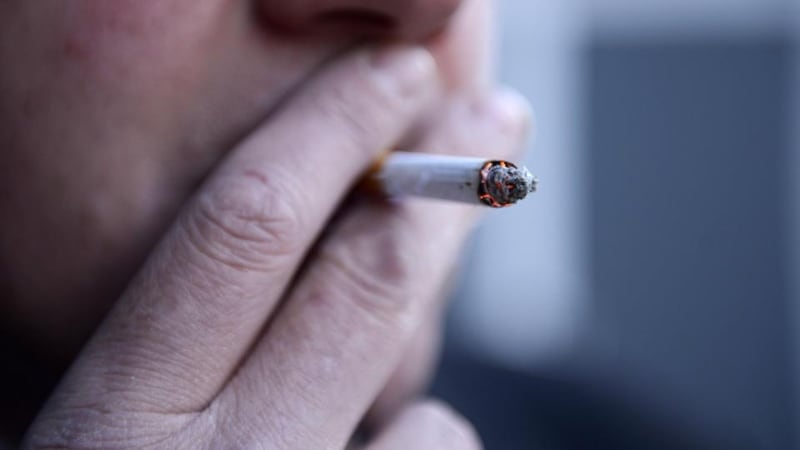The number of children taking up smoking and women who smoke during pregnancy has declined over the past decade, a new report has found.
However while tobacco control measures are proving successful, disadvantaged children remain at particular risk of exposure to second-hand smoke.
The findings are contained within A Tobacco-Free Future, an all-island report on tobacco, inequalities and childhood published today by the Institute of Public Health in Ireland (IPH) and the TobaccoFree Research Institute Ireland.

The World Health Organisation considers that there are three key 'windows of exposure' in terms of tobacco-related harm in childhood – in the womb, directly through children taking up smoking and through exposure to second hand smoke in indoor and outdoor environments.
The Tobacco-Free report presents findings on these three windows of exposure based on a range of data sources in the Republic and in Northern Ireland.
It found smoking rates during pregnancy fell by around a third in the Republic of Ireland between 1997/1998 and 2007/2008.
However levels of smoking in pregnancy remain significant with around 17 -18 per cent of all pregnant women smoking in 2007 and 2008 according to data from the Coombe Women and Infants University Hospital in Dublin.
Smoking in pregnancy is associated with low birthweight and premature births.
The proportion of children aged 10-17 reporting that they had ever smoked fell from 36 per cent to 27 per cent between 2006 and 2010 in the Republic and from 24 per cent to 19 per cent among 11-16 year olds in Northern Ireland.
Children are still trying their first cigarette at a very young age but there are some signs of improvement
Between 2002 and 2010 there was a significant decline in the proportion of young people in the Republic who reported having their first cigarette aged 13 or younger from 60.6 per cent to 48.9 per cent.
However many children remain exposed to second hand smoke. The report found that 22 per cent of nine year olds live in a home where people smoke in the same room as them.
Disadvantaged children are more likely to live in households with smoking adults and are at greater risk of exposure to second-hand smoke.
According to the report nine-year-old children in the Republic living in the lowest income families are twice as likely to be exposed to smoking than children in the highest income families.
Having a mother who smoked was associated with an increased risk of respiratory illnesses and ear infections in the first nine months of life.
Dr Helen McAvoy of the IPH said many trends identified in the report were encouraging.
“The report’s findings demonstrate the return from the introduction of broad-ranging tobacco control measures such as smoke-free workplaces, regulation of vending machines and pack sizes, price increases and removal of point of sale displays in retail outlets,” she said.
“However, the burden of harm associated with smoking falls heavily on the most disadvantaged children.
She said children were uniquely susceptible to tobacco marketing and branding.
The report highlights the importance of continuing efforts to restrict access and appeal of tobacco products to young people and stresses the importance of stop smoking initiatives within maternity, child and family policies and services, particularly in disadvantaged areas.
It draws on a range of data sources in the Republic and from Northern Ireland including Growing Up in Ireland, the national longitudinal study of children; research from the Coombe; and analysis of the Health Behaviour in School-aged Child Survey (HSBC).
The publication was welcomed by the Minister for Health James Reilly and his counterpart in the North Edwin Poots.










